This interdisciplinary course of studies under the direction of Prof. Jörg Obergfell is aimed at students of all six disciplines and can be taken additionally. Cooperation with students from other design disciplines is a valuable enrichment of the course. New themes, new materials and new ways of thinking have an inspiring effect on their own work. This subject can be regarded as an artistic experiment between the study courses. Supposed boundaries are extended, broadened, blown up.
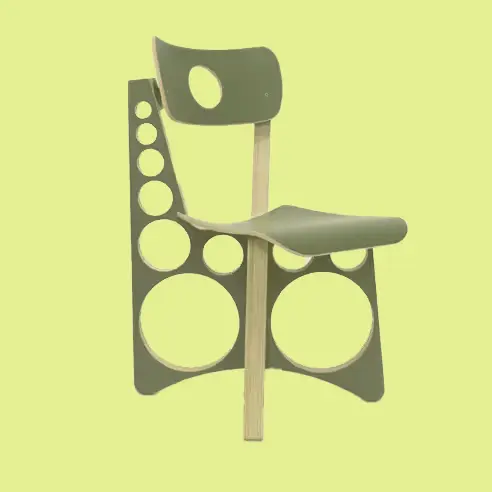
At first glance, the activity of bricolage (tinkering) seems to be the exact opposite of what professional designers strive for. Images of wobbly, unaesthetic, kitschy creations circulating in the hobby sector immediately spring to mind. More recently, however, the term has evolved into a serious form of problem solving, not only in the visual arts and design, but also in fields as diverse as economics, biology, programming and social welfare, with themes of observation, improvisation, skilful recombination of scarce resources, transformation, effectiveness of means and self-empowerment playing an important role. With this in mind, we will tinker during the seminar. We will explore both practically and theoretically what this kind of problem solving is all about and how it can lead to unexpected, high-quality results.
Assignment: presentation, sculpture from found materials
Literature: Lévi-Strauss, Claude: Das wilde Denken, Frankfurt am Main: Suhrkamp, 1968
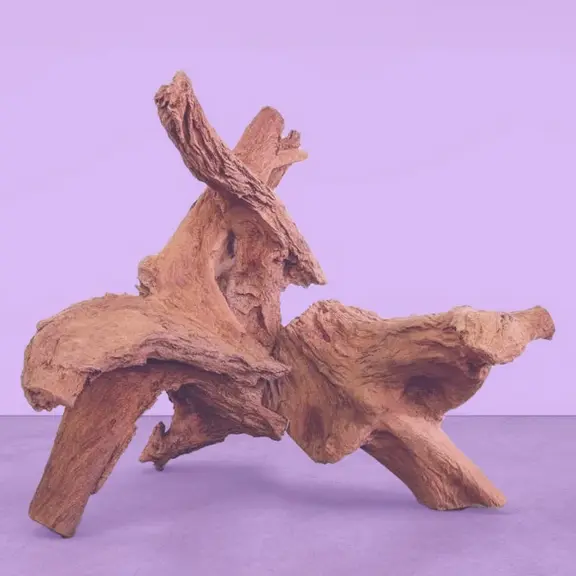
The course offers a theoretical and practical introduction to wood carving. On the one hand, the material wood and its creative, sculptural possibilities will be examined by teaching the properties of this living material and an overview of artistic positions with wood from the Middle Ages to the present day. On the other hand, sculpting techniques - which can also be transferred to other materials - are practised in particular with gouges and knives. The module expands the possibilities of modelling, the understanding of sculptural basics, the sensitive handling of the material and a material-based profiling of the individual, artistic personality.
Assignment:
- Presentation on an artistic position on working with wood
- 3 small exercises: Relief spoon, miniature
- Individual wooden sculpture
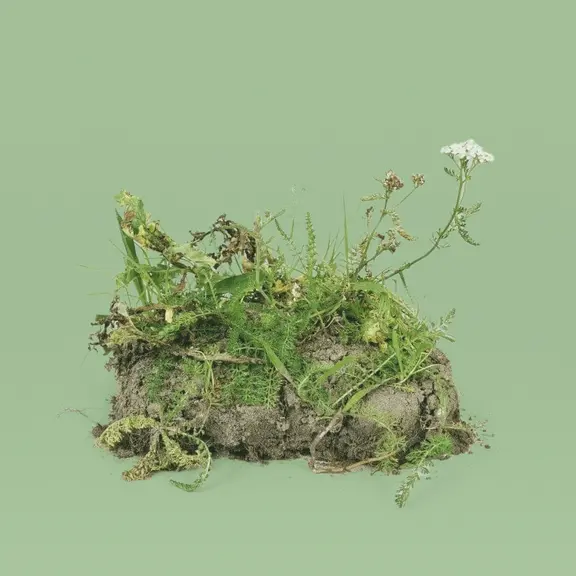
In this course we will examine the apparent contradiction between nature and culture both theoretically and practically. Texts from philosophy and art theory stimulate an in-depth examination of the concept of nature. These theoretical considerations will be supplemented and illustrated by presentations on creative positions that explicitly thematise different concepts of nature in their work.
In the practical part, we will initially focus on smaller exercises in the areas of photography, drawing, sculpture and image processing (Photoshop). The basic knowledge required for this will be taught and practised as part of the assignments. On the one hand, the results of this practical work serve as a basis for discussion in order to reflect on one's own creative standpoint. On the other hand, they prepare students for a free, thematic assignment on the concept of nature.
Assignments: Paper, Photoshop collage, photography, birdhouse
Literature: Kunstnatur | Naturkunst, Kunstforum International, Vol. 258 Jan - Feb. 2019 Weber Andreas, Indigenialität, 2nd edition, Berlin, Nicolai Publishing & Intelligence GmbH, 2019 Koert van Mensvoort: Real Nature is not Green in: Next Nature - Nature Changes Along With Us, Edition, Publisher: Actar, Editors: Koert van Mensvoort, Hendrik-Jan Grievink, 2006, pp.30-34
Fuller Buckminster, Operating Manual for Spaceship Earth, New Edition (1st Edition 1969), Zurich, Lars Müller Publishers, 2015
Caroll Henry, Read This If You Want TO Take Better Photographs, London, Laurence King Publishing, 2014
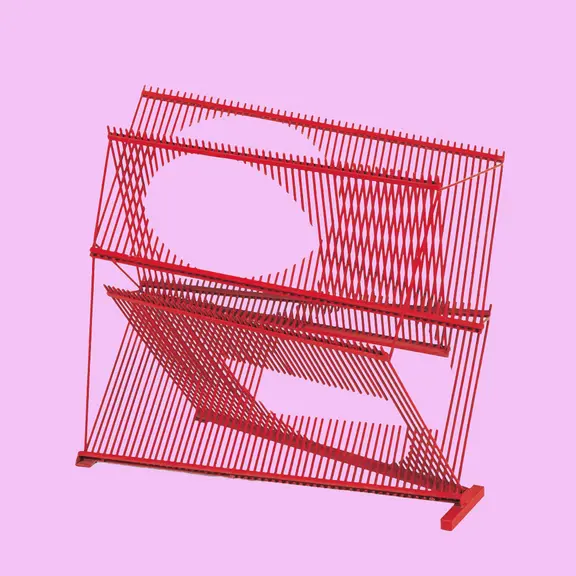
In this seminar, we will explore the transitions between two-dimensional and three-dimensional lines in a playful, theoretical and practical way. Objects are transferred to the surface using printing techniques, projections, shadow casting and photography, while two-dimensional lines are extended into space using VR, AR and installations. This fluid change between 3D and 2D and vice versa is intended to sharpen the spatial imagination and promote new approaches such as material-based design, chance and serendipity. Lectures and discussions on texts and artistic positions deepen and inspire the practical exploration.
Assigment: Practical exercises, free room installation
Literature: Gego. Line as Object, Hatje Cantz Verlag; 1st edition (3 December 2013) Weibel Peter: Negative Space: Trajectories of Sculpture in the 20th and 21st Centuries, The MIT Press, 2021
to Stud.IP
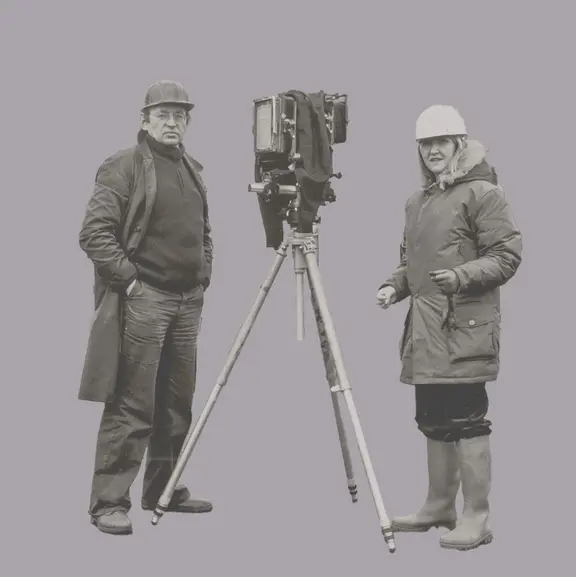
In this block seminar, which takes place over three dates, participants learn the basic techniques of photography. Topics such as the exposure triangle, image composition and other photographic basics are taught in a practical way. A central element of the seminar is an excursion to Mudam, where the focus is on exhibition photography and artistic interventions. This is followed by post-processing of the resulting photographs in order to deepen what has been learnt and to implement it technically and creatively.
Deliverables: Exercises on aperture and exposure time, exhibition documentation, intervention
Literature: Carroll Henry, Read This If You Want to Take Great Photographs, Laurence King Publishing, 2014
to Stud.IP
You are leaving the official website of Trier University of Applied Sciences